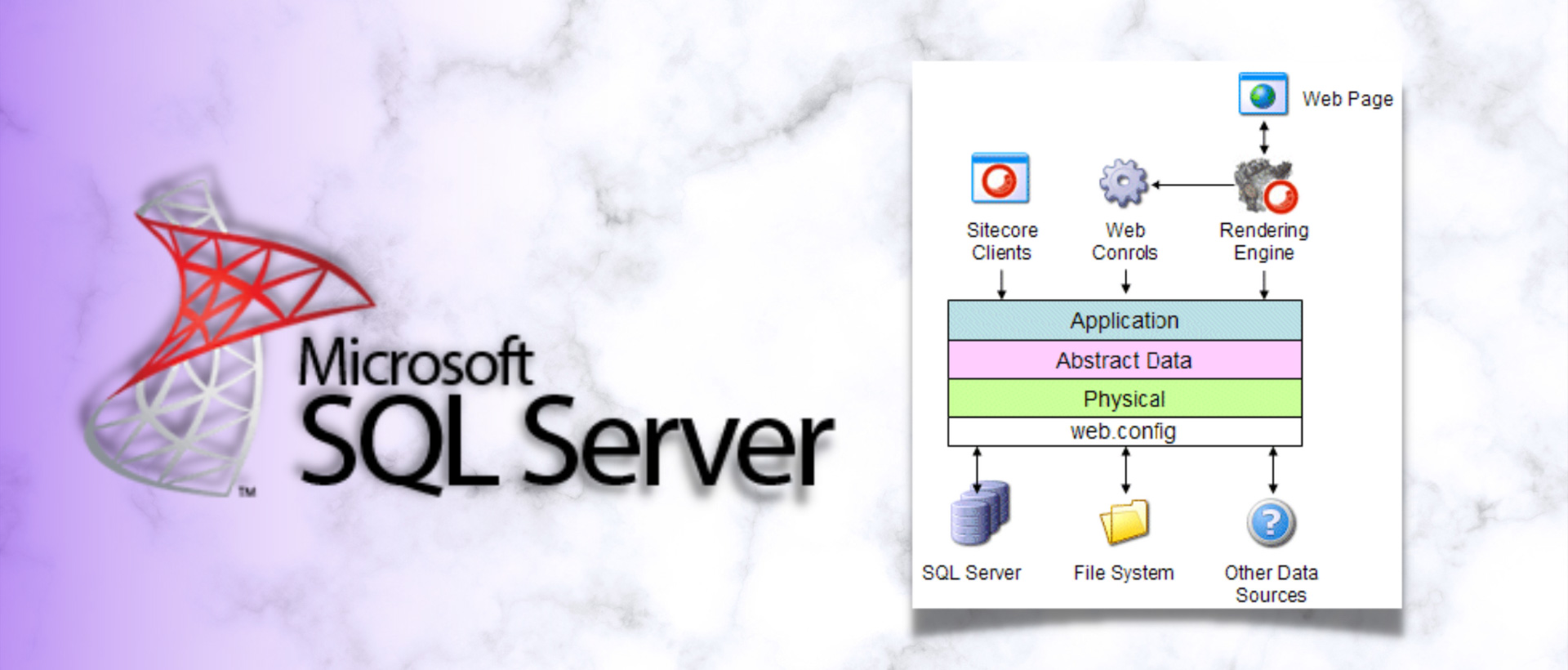May I Help You
May I Help You
The term "Structured Query Language," or "SQL," refers to the particular language used to interact with databases. In the current environment, this particular technology is quite significant and has a command relational database management system. Basically, these statements are used to carry out operations like changing data on a database or obtaining data from a database.
This SQL Server training teaches developers all the Transact-SQL skills they need to create database objects like Tables, Views, Stored procedures & Functions, and triggers in SQL Server. Gives ideas about writing Queries & Sub-queries, working with Joins, etc. As well as database management skills like backup, restore, etc.

SQL Essentials certification training You will learn the correct technique for combining data from various sources from experts from Apex TG India. You should unquestionably obtain this certification if you intend to stay consistent in the IT direction.
You should contact Apex TG India if you need any kind of professional training. We are one of the finest training institutes now offering this course's high-quality instruction in a very distinctive way.
Introduction To TSQL
Set Operators
Working With XML Data Type
Backup and Restore Of Database
Attach and Detach of Database
Normalization